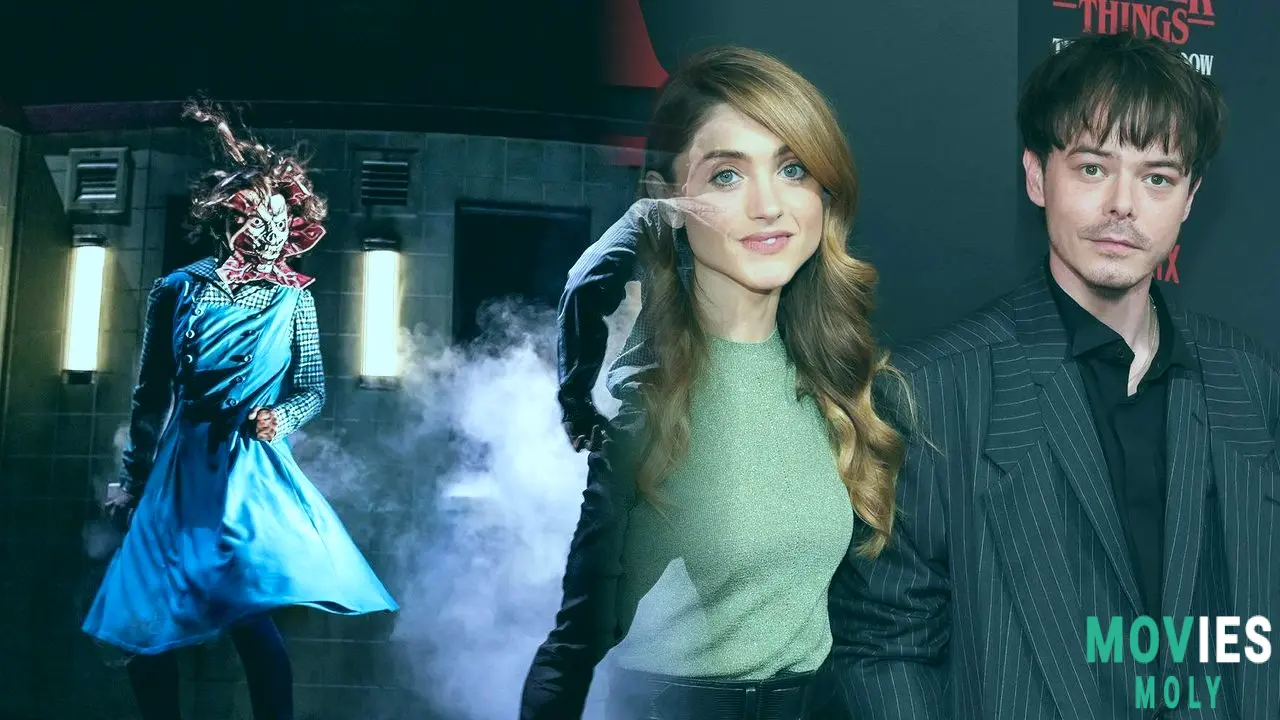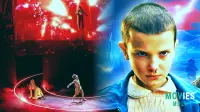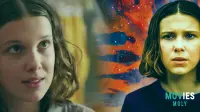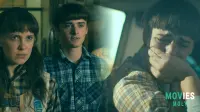By Nicolas Ayala
Stranger Things has always thrived on blending nostalgic ‘80s teen drama with interdimensional horror, and now, with The First Shadow, the beloved Netflix franchise leaps off the screen and onto the stage in a dazzling, blood-soaked theatrical spectacle. This isn’t just a spin-off or a marketing tie-in—it’s a full-throttle, genre-loving, emotionally resonant extension of the Upside Down universe that somehow manages to both satisfy fan cravings and stand firmly on its own.
How The First Shadow transforms Henry Creel’s origin into a visual and emotional powerhousePremiering on Broadway at the Marquis Theatre in New York City (with a simultaneous run in London’s Phoenix Theatre), Stranger Things: The First Shadow is a megabudget masterpiece of stagecraft that dives into the origins of one of the show’s most haunting villains: Henry Creel, a.k.a. Vecna. While the play doesn't alter the show's canon or reveal earth-shattering new lore, it fills in the emotional and psychological blanks of Creel’s transformation from troubled teen to dimension-twisting monster.
Set in 1959 Hawkins, long before Eleven cracked her first egg, the story follows young Henry (played with chilling nuance by Louis McCartney) as he attempts to forge a normal life. His relationship with Patty Newby (Gabrielle Nevaeh), a sweet and hopeful high school girl, offers a brief glimmer of humanity. But nightfall brings a darker truth – Henry's powers are not only real, but they’re being weaponized by forces beyond his control, and more importantly, beyond his understanding of self.
McCartney’s performance is nothing short of a revelation. He captures Henry’s internal war with a devilish gentleness, making every telekinetic outburst feel like a scream for help. This is Vecna not just as a killer, but as a broken boy desperate to escape his own shadow. It’s an emotional throughline that grounds the spectacle in something unbearably human.
Theatrical wizardry turns Hawkins into a battleground of puppetry, illusions, and demogorgons
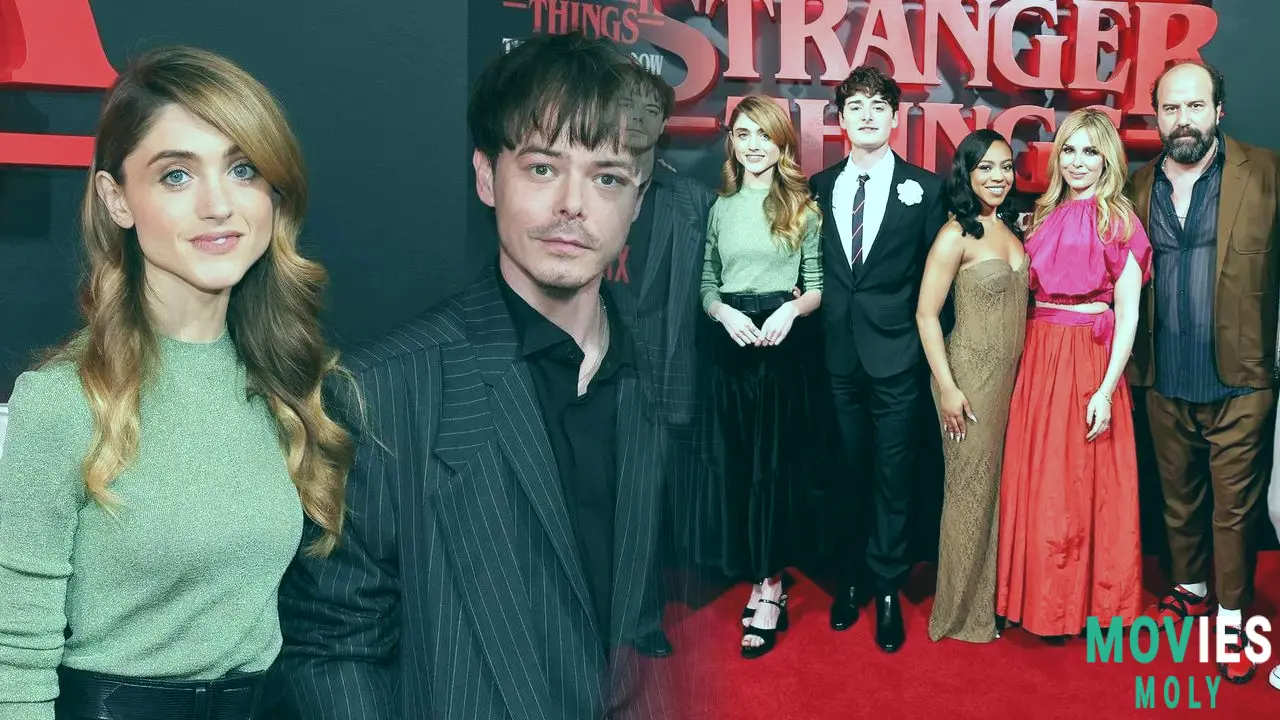
Directed by three-time Tony winner Stephen Daldry and co-directed by Justin Martin, The First Shadow is a masterclass in how to gamify a blockbuster for the stage. The creative team—led by set designer Miriam Buether, sound designer Paul Arditti, and lighting maestro Jon Clark—conjures a Hawkins that’s simultaneously familiar and fantastically new. A sequence where a battleship is stranded by attacking Demogorgons is as visually staggering as any Netflix CG sequence, but achieved through clever set rotation, puppetry, and timing that can only exist in live theater.
When the Mind Flayer makes her ominous entrance, she’s larger than life in the most literal sense. The stage effects never outpace the story; instead, they complement it, turning Henry’s telepathic excursions into eerie dance numbers with doubles, mirrors, and smoke. It’s a never-stop-moving kind of show that embraces Stranger Things' signature mix of adolescent flair and horror grit.
Joyce, Hopper, and Oklahoma!—fan service or emotional resonance?
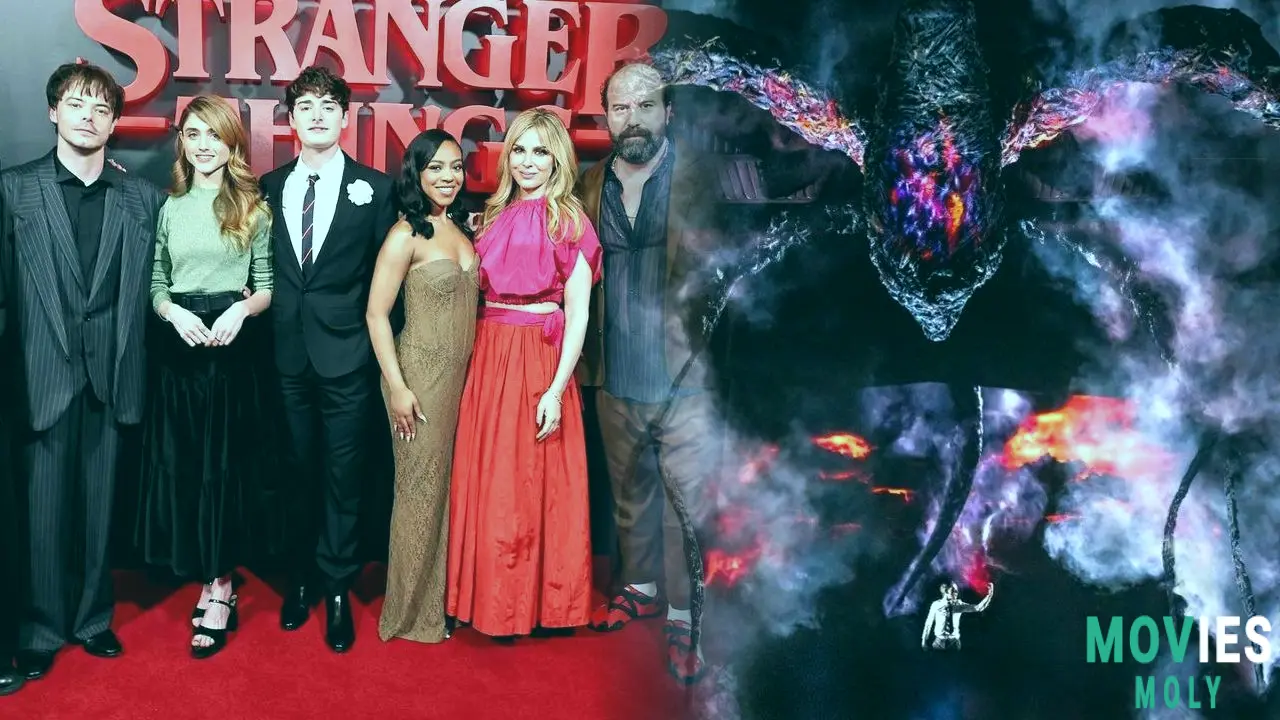
Voyaging into fan-service territory, the play includes younger versions of Joyce Byers (Alison Jaye), Jim Hopper (Burke Swanson), and even Bob Newby (Juan Carlos). Their subplot, centered around a high school theater club putting on a twisted adaptation of Oklahoma! (or rather, Joyce’s vision of Dark of the Moon), often runs parallel to Henry’s descent. It’s a bit of a tonal detour, and Bob’s inclusion feels particularly forced, but Jaye’s Winona Ryder-inspired performance and Swanson’s early-Hopper swagger offer moments of nostalgic comfort.
Their scenes may not always hit the mark, but they echo a core Stranger Things theme: people trying to find connection and meaning in a town that’s constantly spiraling into supernatural chaos. Even if Joyce and Hopper aren’t center stage, their presence reminds us that everyone in Hawkins is, in some way, caught in the same storm.
Not just a prequel—Stranger Things: The First Shadow is a love letter to the series and its fans
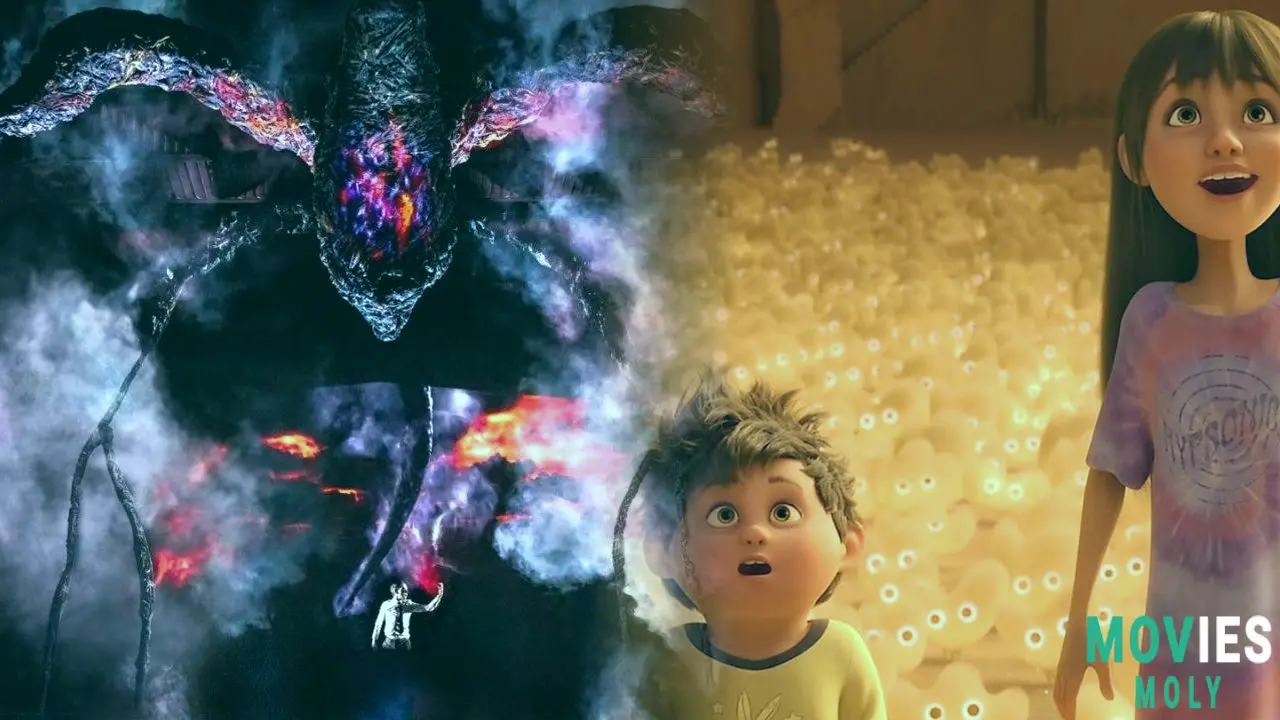
Clocking in at nearly three hours, The First Shadow occasionally meanders, especially in its second act. Dr. Brenner’s evil is portrayed in broad strokes, and some scenes lean a little too heavily into gore for the sake of shock. But these are small cracks in an otherwise brilliantly built world. The play doesn’t need to reinvent the wheel; it thrives on giving fans a new way to experience the mythology—through blood, sweat, old-school stage magic, and a haunting score that never lets up.
It’s also worth noting that The First Shadow stands tall even for those who won’t catch it before Season 5 drops on Netflix. It’s not essential viewing, but it’s the kind of extra content that enriches the experience for hardcore fans without alienating casual watchers. The Duffer Brothers, along with Jack Thorne and Kate Trefry, have crafted something that’s more than merch—it’s mythology in motion.
Stranger Things continues to expand its universe in bold new ways
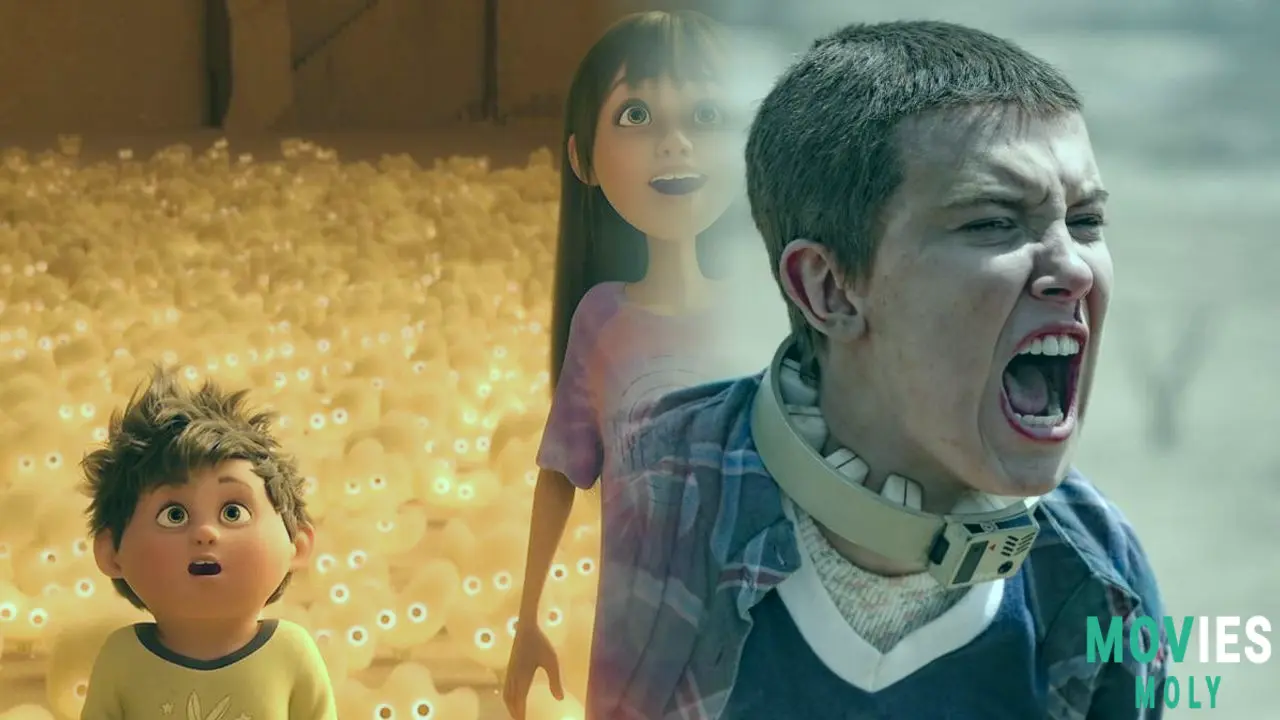
And while the stage is currently stealing the spotlight, Netflix isn’t slowing down on its own ecosystem expansion. The upcoming animated Stranger Things: Tales From ’85, set to debut at Annecy this June, promises to flip Saturday morning cartoons into something darker and weirder. With executive producer Eric Robles at the helm, and teaser trailers labeling it as “your Saturday morning cartoons getting turned upside down,” it’s clear that the Upside Down isn’t just stuck in the ‘80s—it’s evolving.
As viewers gear up for the final season, with stars like Natalia Dyer and Charlie Heaton making rare public appearances at events like The First Shadow’s Broadway premiere, the Stranger Things fandom is more alive than ever. Whether it’s through a blood-soaked play, an edge-of-your-seat animated series, or the main show itself, Hawkins continues to be the place where childhood, horror, and heroism collide in the most unforgettable ways.
Stranger Things: The First Shadow may not be the final chapter, but it’s the kind of bold, creative detour that turnsaudience into believers. And in a world full of sequels and reboots, that’s more than enough.

